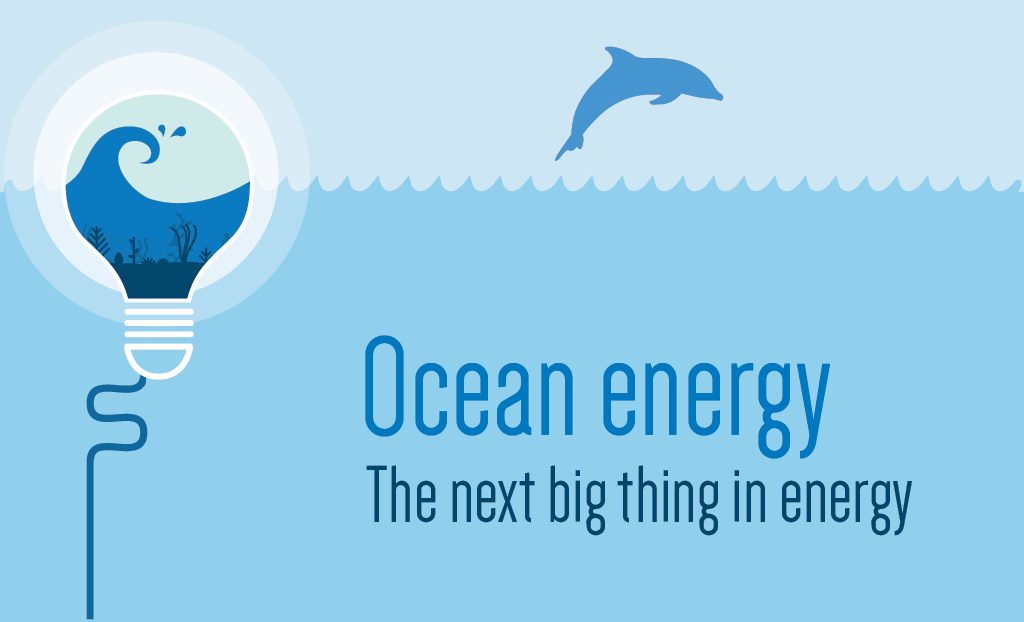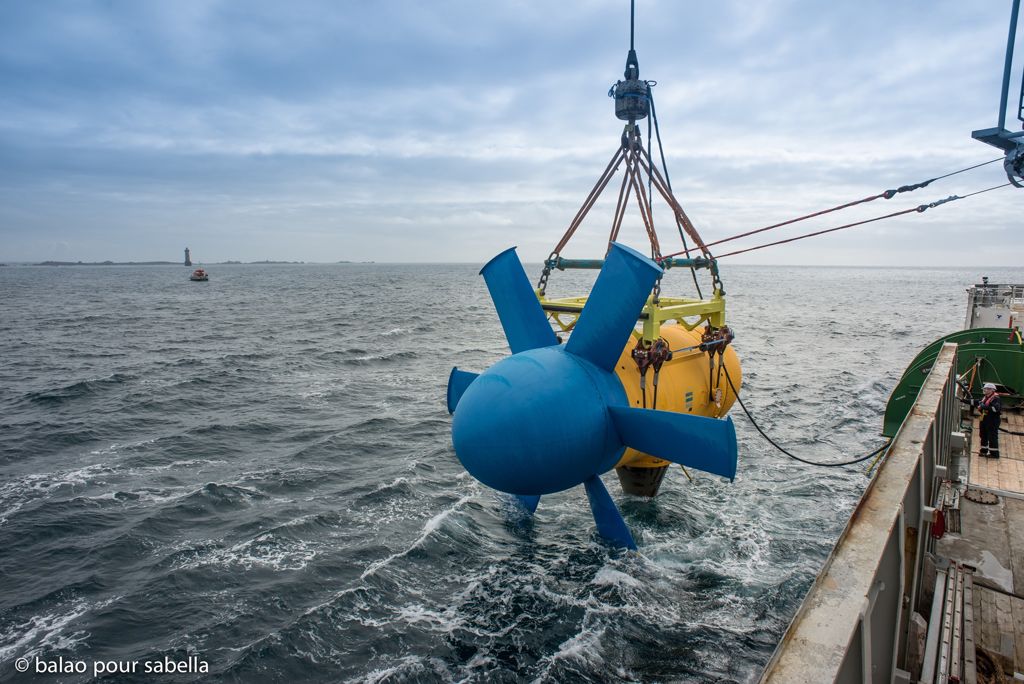
Ocean Energy in 2050: Harnessing the Power of Visionary Ideas
Introduction
Ocean energy, also known as marine energy, refers to the renewable energy derived from the ocean’s tides, waves, currents, and temperature gradients. As the world seeks sustainable and clean energy sources, the importance of visionary ideas for ocean energy in 2050 becomes evident. These innovative concepts and approaches hold the key to unlocking the vast potential of the ocean as a source of power, addressing the increasing energy demands while reducing greenhouse gas emissions.
Historical Background
The utilization of ocean energy dates back centuries, with early civilizations using tidal mills to grind grains. Over time, ideas and technologies in the ocean energy sector have evolved, driven by the need for cleaner and more efficient energy sources. From the invention of wave energy devices to the development of tidal energy converters, the historical background of ocean energy showcases the continuous innovation in harnessing the power of the ocean.
Key Concepts and Definitions
Ocean energy encompasses various types, including tidal, wave, and thermal energy. Tidal energy refers to the conversion of the kinetic energy from the tides into electricity, while wave energy captures the power of ocean waves and converts it into usable energy. Another concept crucial to visionary ideas for ocean energy in 2050 is the innovative approaches to harness this energy. These ideas push the boundaries of current technology and aim to optimize energy extraction from the ocean.

Main Discussion Points
Development of advanced tidal energy systems
The current state of tidal energy technology involves the use of tidal barrages and turbines. However, visionary ideas for 2050 introduce concepts such as underwater turbine farms, where arrays of turbines are deployed beneath the ocean surface to maximize energy conversion. These advanced systems have the potential to significantly increase tidal energy production and enhance the efficiency of power generation.
Harnessing wave energy through innovative designs
Existing wave energy capture technologies rely on devices such as oscillating water columns or point absorbers. However, visionary ideas explore concepts like artificial reefs that can extract wave energy. These reefs act as barriers, causing waves to break and creating a controlled environment for energy extraction. By combining nature-inspired designs with advanced engineering, wave energy can be harnessed more effectively.
Exploration of thermal energy conversion from the ocean
Current methods for harnessing ocean thermal energy involve using temperature gradients to generate electricity. However, visionary ideas for 2050 propose floating solar-thermal power plants that combine the capturing of solar energy with the utilization of temperature differences in the ocean. These innovative concepts have the potential to revolutionize the conversion of thermal energy from the ocean, maximizing power generation capabilities.
Case Studies or Examples
Successful implementation of tidal energy projects
The MeyGen project in Scotland stands as a testament to the viability of tidal energy. It is the world’s largest tidal stream array, generating clean and predictable electricity from the tides. This project showcases the successful integration of advanced tidal energy systems and serves as a model for future developments.

Innovative wave energy devices
Portugal’s WaveRoller is an innovative wave energy converter that harnesses the power of ocean waves using a submerged panel that captures the kinetic energy. Its unique design allows for efficient energy extraction, positioning it as a leading example of visionary ideas for wave energy in 2050.
Ocean thermal energy conversion projects
The NELHA project in Hawaii demonstrates the potential of ocean thermal energy conversion. By utilizing the temperature gradient between surface water and deep water, this project produces electricity and provides a sustainable cooling system. This successful implementation showcases the possibilities of visionary ideas for thermal energy conversion.
Current Trends or Developments
Advancements in materials and engineering for ocean energy devices
The field of ocean energy is witnessing constant advancements in materials and engineering techniques. Innovations in composite materials, corrosion-resistant coatings, and structural designs enhance the durability and efficiency of ocean energy devices, making them more viable for long-term use.
Research on underwater energy storage systems
To address the intermittent nature of ocean energy, researchers are exploring underwater energy storage systems. These systems involve converting excess energy into potential energy by pumping water into underwater reservoirs and releasing it to generate electricity when required. This ongoing research aims to overcome one of the major challenges in ocean energy deployment.
Integration of artificial intelligence and machine learning in optimizing ocean energy capture
Artificial intelligence and machine learning algorithms are increasingly utilized to optimize the performance of ocean energy devices. These technologies enable real-time monitoring and control, allowing for efficient energy capture and maximizing power output. The integration of AI and ML promises to revolutionize the ocean energy sector and improve its overall performance.
Challenges or Controversies
Environmental impacts and mitigation strategies
The development of ocean energy projects can have potential environmental impacts, such as changes in marine ecosystems and disruption of natural habitats. It is crucial to implement effective mitigation strategies to minimize these impacts and ensure the sustainable growth of the ocean energy sector.

?conomic feasibility and cost-effectiveness of visionary ideas
While visionary ideas hold great promise, their economic feasibility and cost-effectiveness need to be evaluated. The high upfront costs and uncertainties surrounding these innovative concepts pose challenges in attracting investments and ensuring long-term financial viability.
Regulatory and policy challenges associated with ocean energy development
The development of ocean energy projects requires navigating complex regulatory frameworks and policies. Streamlining the regulatory processes and providing clear guidelines and incentives are essential to support the growth of the ocean energy sector.
Future Outlook
Potential growth and expansion of ocean energy sector by 2050
With continued advancements and the adoption of visionary ideas, the ocean energy sector is projected to experience significant growth and expansion by 2050. The implementation of advanced technologies and the development of large-scale projects will contribute to a substantial increase in ocean energy generation and its integration into the global energy mix.
Collaboration and international cooperation for global energy transition
To realize the full potential of ocean energy, collaboration and international cooperation are crucial. Sharing knowledge, resources, and expertise will accelerate the development and deployment of visionary ideas, facilitating a global energy transition towards a more sustainable future.
Importance of continued research and development in the field
Research and development play a vital role in driving innovation and unlocking the potential of ocean energy. Continued investment in R&D initiatives will lead to further advancements, cost reductions, and efficiency improvements, solidifying the position of visionary ideas as key drivers of ocean energy development.
Conclusion
In conclusion, visionary ideas for ocean energy in 2050 hold immense significance in realizing a sustainable and clean energy future. From advanced tidal energy systems to innovative wave energy designs and exploration of thermal energy conversion, these ideas push the boundaries of current technology and pave the way for a renewable and abundant energy source.




